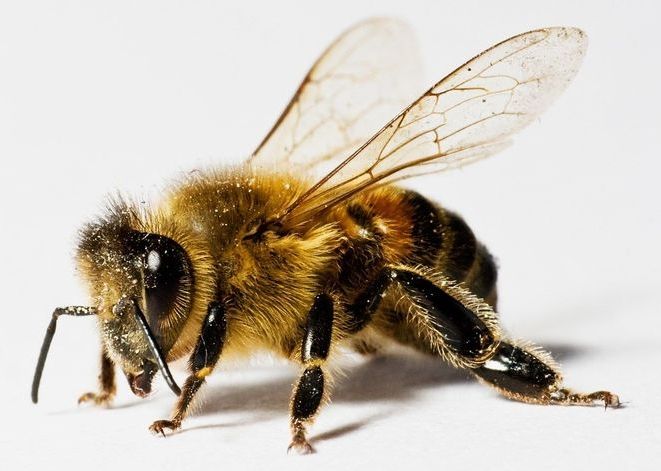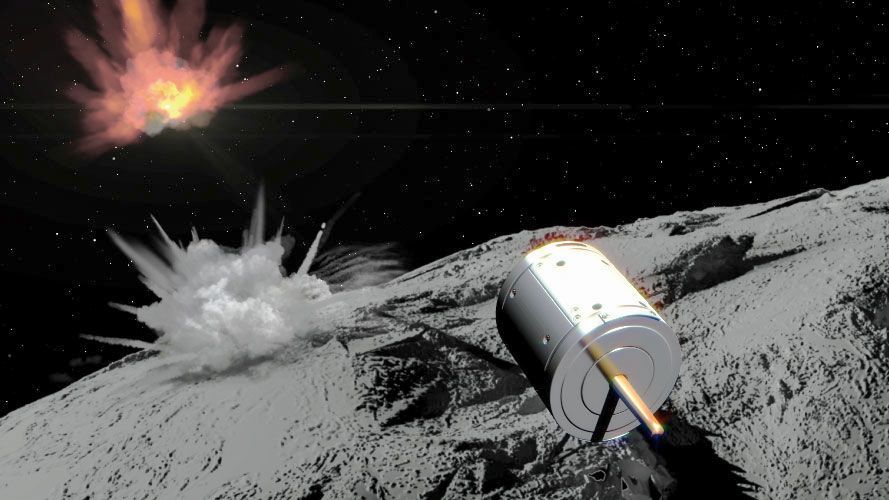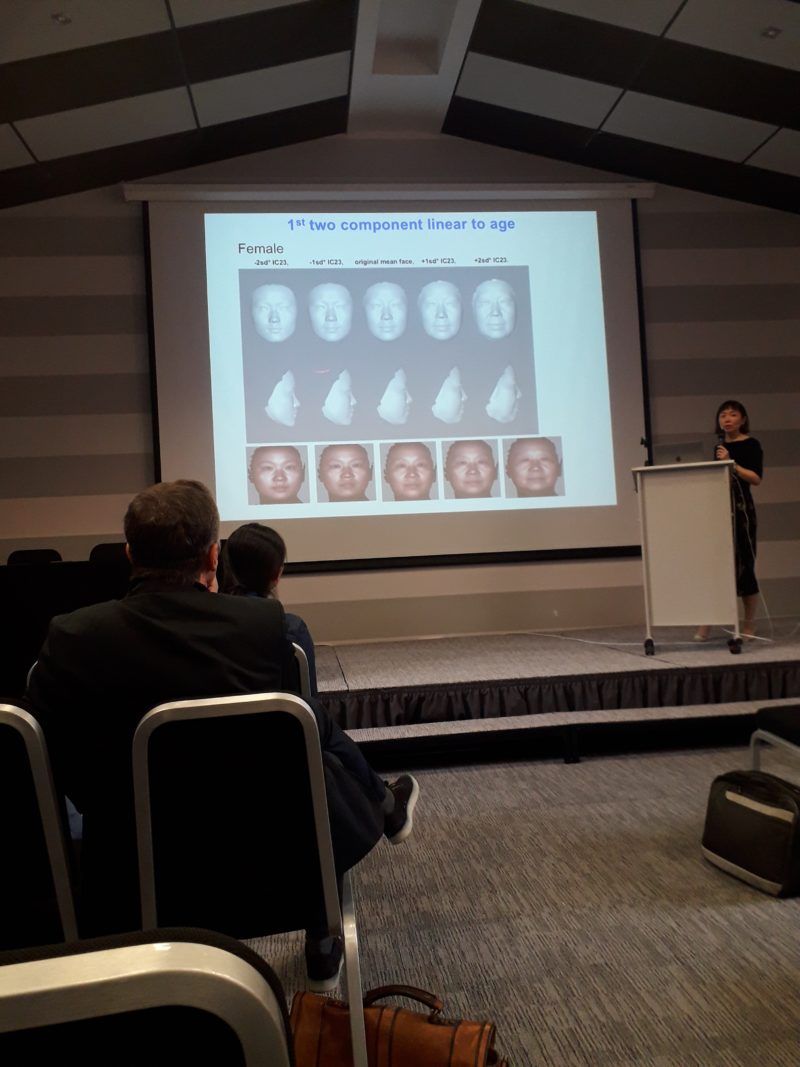Page 8919
Apr 5, 2019
Quantum Computers Could Go Mainstream Sooner than We Think
Posted by Genevieve Klien in categories: computing, quantum physics
Computers were once considered high-end technology, only accessible to scientists and trained professionals. But there was a seismic shift in the history of computing during the second half of the 1970s. It wasn’t just that machines became much smaller and more powerful—though, of course, they did. It was the shift in who would use computers and where: they became available to everyone to use in their own home.
Today, quantum computing is in its infancy. Quantum computation incorporates some of the most mind-bending concepts from 20th-century physics. In the US, Google, IBM, and NASA are experimenting and building the first quantum computers. China is also investing heavily in quantum technology.
As the author of Quantum Computing for Everyone, published in March, I believe that there will be an analogous shift toward quantum computing, where enthusiasts will be able to play with quantum computers from their homes. This shift will occur much sooner than most people realize.
Continue reading “Quantum Computers Could Go Mainstream Sooner than We Think” »
Apr 5, 2019
There’s a chance your GPS system could go haywire this weekend
Posted by Genevieve Klien in categories: computing, satellites
Older computer systems that rely on GPS satellites could suddenly go 20 years out of date at 7:59 p.m. ET on Saturday.
A Block IIR(M) satellite, one of 24 GPS satellites overseen by the Air Force. GPS.gov.
Apr 5, 2019
5 of the Best Demos of Projectile Motion and Its Quirks
Posted by Genevieve Klien in category: futurism
Suppose you throw some object near the surface of the Earth. If the only significant force on the object is the constant downward gravitational force, we call this “projectile motion.” Yes, that tennis ball you loft across the room is projectile motion. Flipping a coin—the center of mass is projectile motion. As you can probably guess, a dude jumping on a moving trampoline is also an example of projectile motion.
For these kinds of motions, the following must be true:
Apr 5, 2019
New Mirror-Like Pools Discovered Deep in the Pacific Ocean
Posted by Genevieve Klien in category: futurism

Scientists researching the microbial life on volcanic vents uncovered more incredible ocean landscapes from the seafloor off the coast of California. Just check this out:
An international team, led by University of Georgia associate professor Samantha Joye, set out to explore sites in both the northern and southern Gulf of California, analyzing how microorganisms live in the hot waters by the vents. These images come from the ROV SuBastian, a remotely operated sub that can take samples and image the area around these vents, operated from the Schmidt Ocean Institute’s research vessel, Falkor.
Continue reading “New Mirror-Like Pools Discovered Deep in the Pacific Ocean” »
Apr 5, 2019
A Japanese spacecraft may have just blown a crater in a distant asteroid
Posted by Genevieve Klien in category: alien life
The mission’s objective is to collect samples both from Ryugu’s surface and its interior and return them to Earth for analyses that should yield information on the materials that existed in the early solar system and give clues about the formation and evolution of planets. The samples might also provide evidence for the theory that asteroids and comets are one source of Earth’s water and its amino acids, the building blocks of life. Scientists are particularly eager to get material from beneath the surface that has not been affected by eons of space weathering.
In February, Hayabusa2 briefly landed on Ryugu and fired a tantalum pellet into the surface that likely knocked about 10 grams of rock fragments into a collection horn. Getting subsurface material is more of a challenge. Landing on and drilling into the asteroid was logistically impractical, mission planners concluded. They also rejected using explosives to blast a crater, as that would contaminate the samples. They settled on shooting a nonexplosive, 2-kilogram copper projectile into Ryugu from space, by detonating explosives on a tiny, 14-kilogram spacecraft dubbed the Small Carry-on Impactor (SCI).
Earlier today, Hayabusa2 descended to 500 meters above the asteroid and released the SCI. The mothership moved away laterally and about 19 minutes later released another tiny satellite carrying two cameras to record the projectile’s impact. The craft then continued to the far side of Ryugu to be shielded from any debris from the SCI explosion and from the crater.
Continue reading “A Japanese spacecraft may have just blown a crater in a distant asteroid” »
Apr 5, 2019
New surgical method promises to take the knife out of plastic surgery
Posted by Genevieve Klien in categories: biotech/medical, materials
Apr 5, 2019
Therapy that Dramatically Slows Alzheimer’s has Passed Final Clinical Phase
Posted by Steve Hill in categories: biotech/medical, neuroscience
Through a new approach dubbed AMBAR, the biotechnology company Grifols has attempted to reduce the amount of harmful, Alzheimer’s disease-causing amyloid beta in the brain by collecting it with a blood protein called albumin and draining it out of the bloodstream. This approach differs from the previous antibody and catabody approaches and offers new hope for sufferers of this neurodegenerative disease.
What is Alzheimer’s disease?
Alzheimer’s disease, named after its discoverer, is a slow and progressive disease that causes the degradation of the brains of its sufferers. This leads to memory loss, a decrease in problem-solving abilities, changes in personality, and other symptoms. It is associated with the accumulation of tau and amyloid beta in the brain.
Apr 5, 2019
An Interview with Yuri Deigin of Youthereum Genetics
Posted by Steve Hill in categories: biotech/medical, genetics, life extension
At the Undoing Aging 2019 conference, we had the opportunity to interview Yuri Deigin, the CEO of Youthereum Genetics. His company is developing therapies that focus on OSKM, the Yamanaka factors known for turning cells back into a pluripotent state. By partially reprogramming cells using a single component of OSKM, Oct4, the company hopes to remove epigenetic aging from cells while still allowing them to retain their normal functions.
Do you think epigenetic alterations are a cause or a consequence of aging, and why?
Well, this question has so many different parts that need to be addressed. Of course, there are alterations that are consequences. Some of the epigenetics are consequences of aging, like epigenetic drift, with things that aren’t methylated in cells, as they divide throughout the lifetime, that methylation seems to get diluted away with subsequent divisions, but other parts of the genome, many of the epigenetic changes that happen that we can track throughout the aging of an organism are definitely not consequences of aging; they’re actually, from what I understand, causes of aging or causes in the change of metabolism and change of homeostasis, change how the organism behaves, essentially, that are driven by some high program in animal development, that basically silences some genes and activates other genes.
Apr 5, 2019
Artificial intelligence can now emulate human behaviors – soon it will be dangerously good
Posted by Quinn Sena in categories: information science, media & arts, robotics/AI

When artificial intelligence systems start getting creative, they can create great things – and scary ones. Take, for instance, an AI program that let web users compose music along with a virtual Johann Sebastian Bach by entering notes into a program that generates Bach-like harmonies to match them.
Run by Google, the app drew great praise for being groundbreaking and fun to play with. It also attracted criticism, and raised concerns about AI’s dangers.
















